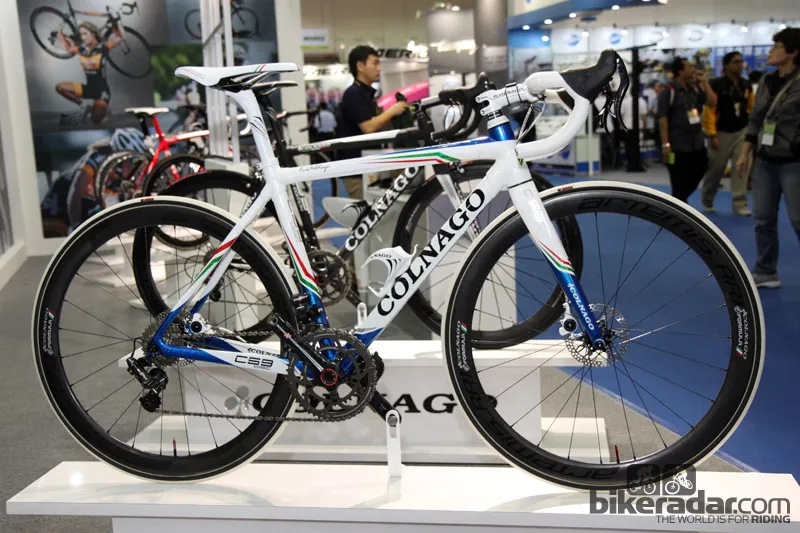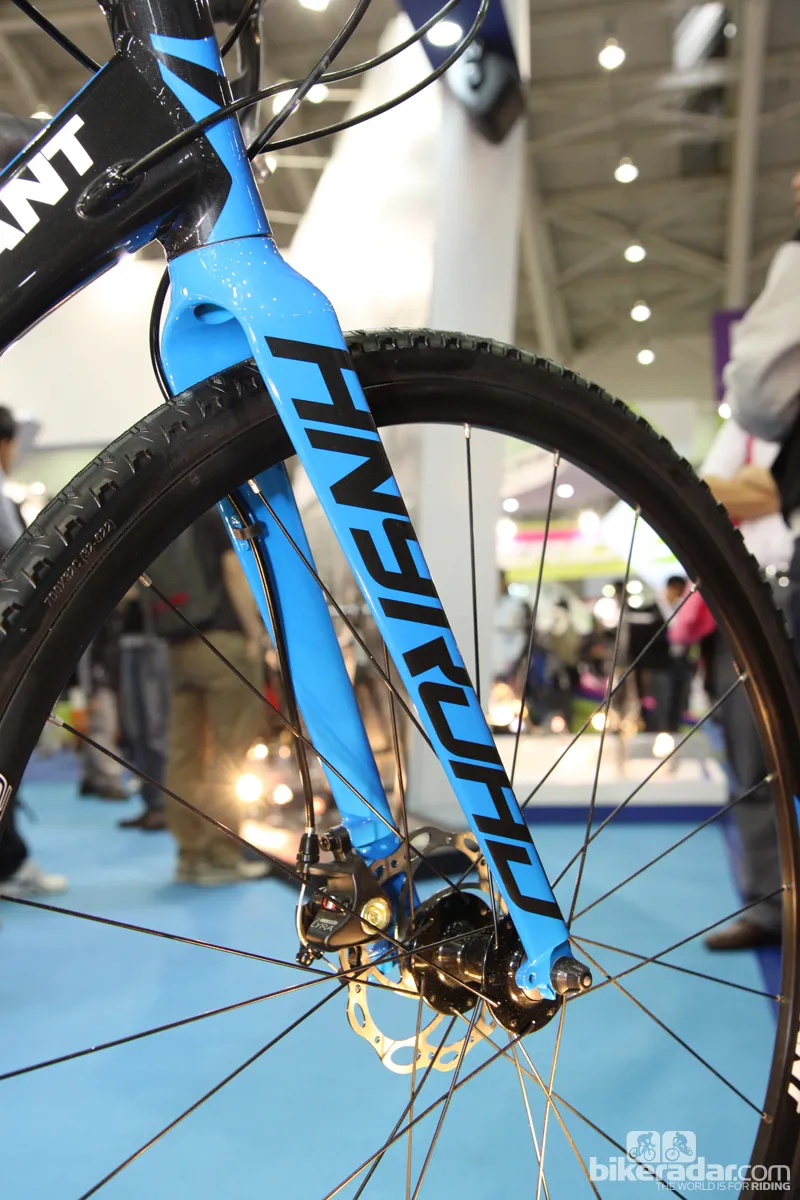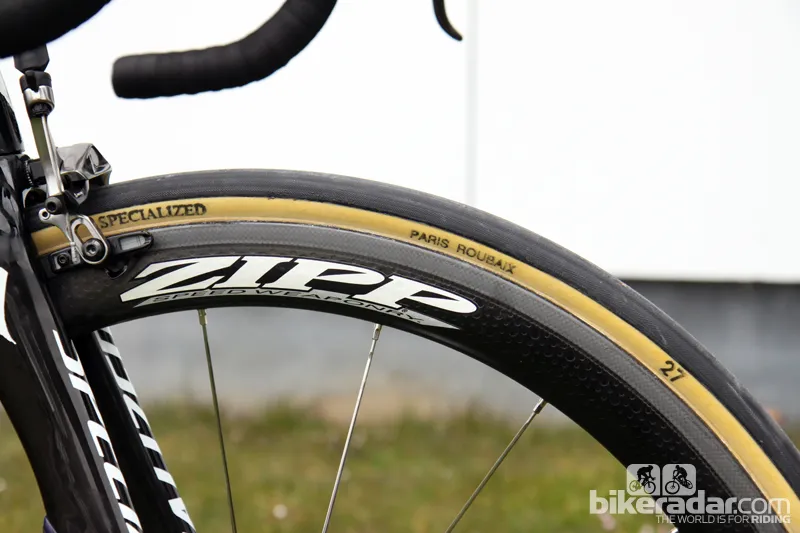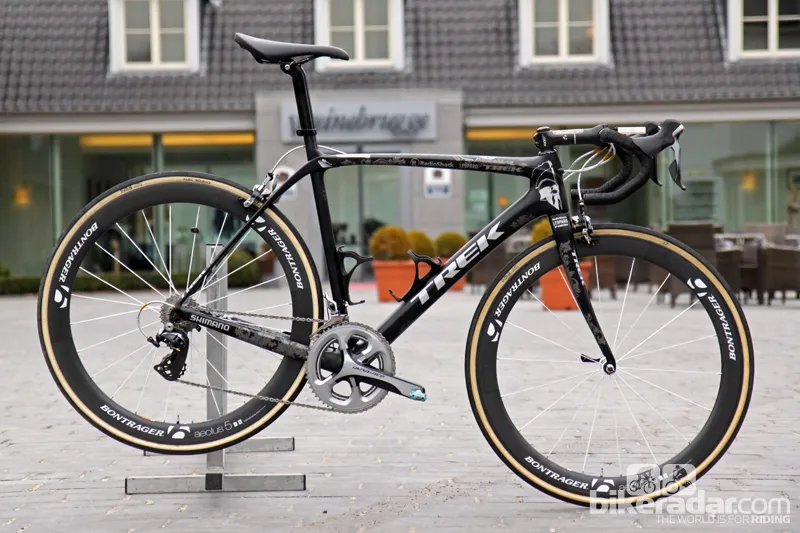We're enjoying an unbelievably rich and diverse period of mountain-bike design these days, with competent choices from enduro rigs to 29er trail bikes to short-travel slopestyle machines and more. A few are built for racing, but many styles are built for what real-world riders do every day. When it comes to road riding, however, the choices are basically race bikes, or... slight variations on race bikes. This is dumb.
The mountain bike market is no longer driven by cross-country racing like it was just a few short years ago. Likewise, the prototypical 'mountain bike' is no longer a lightweight hardtail built for shaving seconds off of the day's big climb. That being said, even the most specialized cross-country racing equipment - tubular tires included - are perfect given the right application. If you're not competing, though, race bikes aren't always the best tool for the job, and it hasn't taken long for the average mountain biker to recognize that.
Take a look at your current mountain bike right now. What kind is it and what goes through your mind when you ride it? Are you thinking of channeling your inner Nino Schurter and besting a PR around a prescribed course or are you simply out having a good time?
Now take a look at your current road bike and think about the type of riding it's really designed to do. If your mountain bike is aimed more at fun and versatility, why is it then that most of us still riding road bikes that are purpose-built for racing? Why are so many of us so singularly focused on some imaginary finish line?
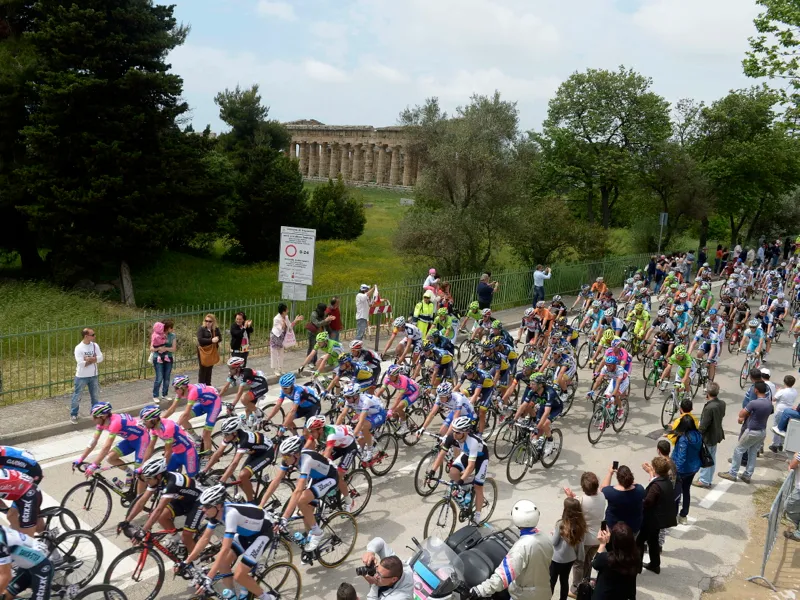
Can you find yourself in the Giro d'Italia peloton here?
The nature of mountain bike competition is increasingly driven by what's going on in the consumer marketplace – note the growth of enduro – whereas on the road it's still a "race on Sunday, sell on Monday" relationship with pro competition. Perhaps we can blame the UCI, pro racing's global government that often seems mired in tradition and hell-bent on stifling technological innovation.
Sure, so-called 'endurance' bikes have exploded in popularity. But even those machines are little more than standard road racing bikes with slightly taller front ends, tires that are a scant few millimeters wider than the norm, and overall frame geometry that's just a smidgeon more relaxed than the frenetic caffeine-addled thoroughbreds on which they're based – think sports car with all-season tires and cushier seats.
Is this what the average road cyclist really should be riding?
I am not proposing that true road racing bikes should be eliminated from the retail lexicon. I absolutely enjoy rocketing up climbs on a ridiculously light-and-stiff machine and blitzing down the other side with aero-profile wheels. Similarly, there's no match for a good 29er hardtail (or any other type of dedicated off-road race bike, for that matter) in terms of speed given the right conditions. I've tested countless samples of both and have absolutely adored more than a few of them.
But then again, I also cherish a sublimely smooth and refined ride, the float of higher-volume tires and the confidence of fat contact patches, gear ratios that are designed for real people, and brakes that are more than two blocks of rubber clamped on a surface whose primary function isn't friction. Race bikes are brilliant adaptations for the task at hand but they're also functionally compromised when used even slightly outside their comfort zone.
Let's face it: road surfaces are worse than ever, we aren't getting any younger, and only a very small percentage of the riding public regularly sees a 200m-to-go marker. Just as most average consumers have much more fun off-road with some kind of rear suspension than not, I dare say that average road cyclists would have an eye-opening experience if they ventured just a little off of the straight and narrow.
How about something with plump-but-fast tires, superior braking and comfortable-but-efficient geometry?

The Anyroad is a surprising and commendable departure for the often-conservative Giant
Independent lab data has already proven that fatter tires roll faster than narrower ones (weight and aerodynamics set aside and other factors being equal). If that's not intriguing enough, consider that the everyday road bike of 1988 Giro d'Italia winner Andy Hampsten – who's still insanely fit, by the way – is shod with 33mm-wide rubber.
Still unconvinced? Consider that Sylvain Chavanel (Omega Pharma-QuickStep) admitted to me just prior to this year's Paris-Roubaix that his Specialized S-Works Roubaix SL4 feels just as stiff and efficient as his Tarmac SL4 but with more comfort. Yet when I then asked why he didn't use the Roubaix all the time, he wasn't sure how to answer.
Classics superstar and 2013 Paris-Roubaix winner Fabian Cancellara (Radioshack-Leopard-Trek), on the other hand, is more emphatic. He races his Trek Domane 'endurance' bike year-round.
By all means, let's continue to advance race bikes. Make them lighter, make them more efficient, make them faster, and make them more affordable to more people. If competition is your thing, buy the fastest and most purpose-built machine you can afford; take no prisoners and exploit every legal advantage.

Sylvain Chavanel says this Roubaix is as efficient as his Tarmac, but more comfortable. Why doesn't he ride it year-round, then? He can't quite say
But the bike industry should also present us with more real-world choices instead of leaving those options to smaller niche companies. Once upon a time, mainstream companies were more willing to take some risks with their product offerings, but these days, many ranges feel more motivated by predicted earnings than simply making better bikes.
What ever happened to following your gut, pushing the envelope, and shaking things up? Specialized rolled the dice ages ago with the original Roubaix. Ditto for the original Gary Fisher 29ers, which were widely chastised when they were introduced in the mid-90s. Neither were necessarily safe or logical choices but look how things have turned out.
Hey, road bike industry: grow some balls. Cast aside the UCI's silly, archaic requirements and pay more attention to what real-world consumers actually need and want. Take some chances again.
Gravel grinders? Bring it. 650b randonneur bikes with fast-rolling, high-volume slicks? Sure thing. Clothing that doesn't make every redneck in America scream out the window, "Hey, Lance Armstrong, get off the road!"? By all means. Full-blown road racing bikes with disc brakes? Hell, yes. Of course those aren't proven big sellers - because the industry hasn't yet made them widely available.
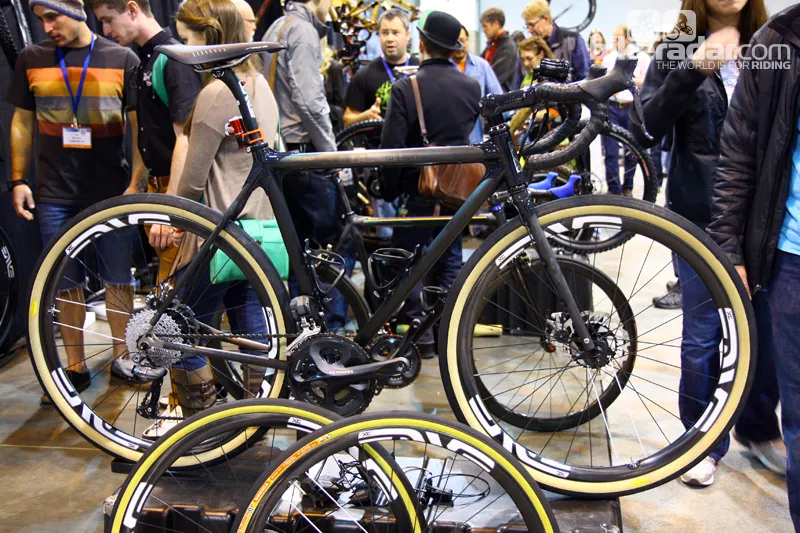
Small builders display signs of what is possible, like this fat-tire, disc-brake Calfee
There are some indicators that change is already happening. Custom builders at NAHBS have long been building road bikes with fat tires, Giro has taken a big gamble with its New Road line of clothing, and even perennially conservative Giant has decided to bring its versatile Anyroad machine into the United States on an experimental basis.
I'm not telling you not to buy a road racing or endurance bike if you're interested in cranking out the miles on your favorite stretch of pavement. Just keep in mind that there may be more available than what's presented and be aware of the limitations of your choice. While one of those so-called 'fringe' machines might not be the first thing you see, it might end up being the perfect fit for what you actually intend to do.
It's time to expand our collective horizons a little bit, wouldn't you say?
James Huang has been writing about bicycle tech since 2005 but also has more than 14 years of experience as a shop mechanic. In that time he's seen plenty of fantastic gear and technology but also a lot of things that have just flat-out pisses him off. You can follow the 'Angry Asian' on Twitter at @angryasian.

